
An act of expressing your appreciation through a few words, a thank you note, is an important way to show your gratitude for someone and their time. In this mini spark you will learn about the basics and create a thank you note for Veteran’s Day.
Spark your thinking!
1. Set up your language arts mini spark recording page: #52: Thank You Notes
2. Veteran’s Day is November 11th, visit this website to learn more about the history of Veterans Day. Record 5 details about the history of veteran’s day to your recording page.
3. Learn the basics of writing a thank you note. Write each bold prase on your recording page as you read step 3.
Greeting. Don’t forget to make sure you’re using the correct form and spelling of the person’s name. Put a comma after the greeting.
- Dear Aunt Sharon and Uncle Bob,
Express your thanks. Begin with the two most important words: Thank you.
- Thank you so much for…
- It made my day when I opened…
- I’m so grateful you were there when…
Add specific details. Tell them how you plan to use or display their gift. It shows them that you really appreciate the thought that went into it. Even if it’s cold hard cash, describe how you’ll spend the stuff.
- Here’s a picture of me with my new briefcase. I look so professional!
- I can’t wait to use the birthday money you sent to decorate my dorm room.
- The going-away party meant so much to me. Having all my friends and family in one place was something I’ll never forget.
Look ahead. Mention the next time you might see them, or just let them know you’re thinking of them.
- We look forward to seeing you next month at Lucy’s party.
Restate your thanks. Add details to thank them in a different way.
- Again, thank you for your generosity. I’m so excited about college. I’ll let you know all about it when I get settled.
- We felt so blessed that you made the trip to be with us on our wedding day. We can’t wait to see you again soon!
End with your regards. “Sincerely” is a safe standby, but for closer relationships, you might choose a warmer option.
- With love,
- Many thanks,
- Yours truly,
4. Read over this graphic about writing thank you notes. Write 3-5 reminders on your recording page.
5. Try it! On your recording page, use the steps from #3 and write a thank you note. You can write a pretend note to a fictional person or you can write one to someone who you would like to thank for helping you.
6. OPTIONAL: Use this template or use your recording page to write a thank you note to a Veteran. If you do not personally know a veteran, you can write a general thank you to all Veterans.
7. Share your language arts mini spark recording page and your thank you note with your teacher/EY coordinator.
Source: https://ideas.hallmark.com/articles/thank-you-ideas/how-to-write-a-thank-you-note/

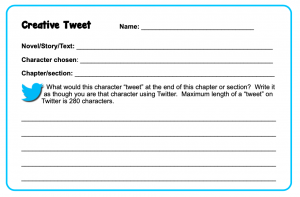
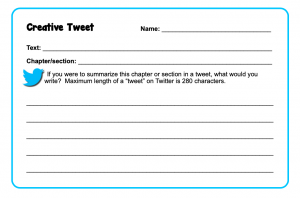
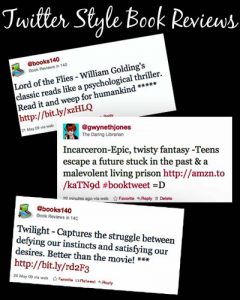
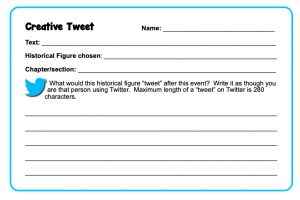
 Check out these unicorn topics to stretch your knowledge about this mythical beast.
Check out these unicorn topics to stretch your knowledge about this mythical beast. WordArt.com is an online word cloud generator that enables you to create amazing and unique word clouds with ease.
WordArt.com is an online word cloud generator that enables you to create amazing and unique word clouds with ease.
 A bio poem is a simple poem that provides biographical information about a person, historical figure, or literary character.
A bio poem is a simple poem that provides biographical information about a person, historical figure, or literary character.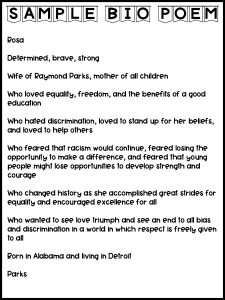

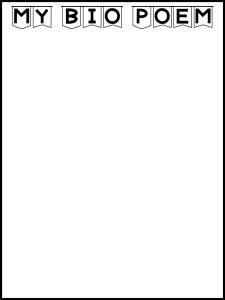
 This mini spark has you wring all about cooking up something in the kitchen!
This mini spark has you wring all about cooking up something in the kitchen!

 It is fun to learn how to spell new words. This mini spark is a great way to find new words to practice. Happy Spelling!
It is fun to learn how to spell new words. This mini spark is a great way to find new words to practice. Happy Spelling! The purpose of news report writing is to inform an audience. A news report is a story that is currently happening or that just happened. Writing a news report is easy if you write about the subject in a style that is clear, concise, and active. One of the best practices for writers is to follow is using the Who, What, Where, When,Why, and How of a story.
The purpose of news report writing is to inform an audience. A news report is a story that is currently happening or that just happened. Writing a news report is easy if you write about the subject in a style that is clear, concise, and active. One of the best practices for writers is to follow is using the Who, What, Where, When,Why, and How of a story.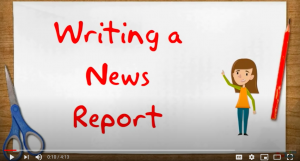
 The primary purpose of descriptive writing is to describe a person, place or thing in such a way that a picture is formed in the reader’s mind. Capturing an event through descriptive writing involves paying close attention to the details by using all of your five senses.
The primary purpose of descriptive writing is to describe a person, place or thing in such a way that a picture is formed in the reader’s mind. Capturing an event through descriptive writing involves paying close attention to the details by using all of your five senses.